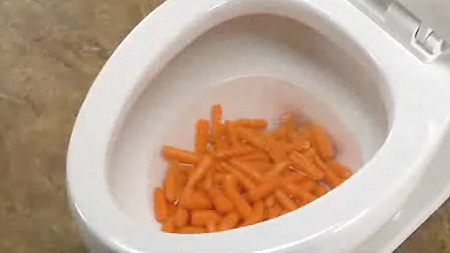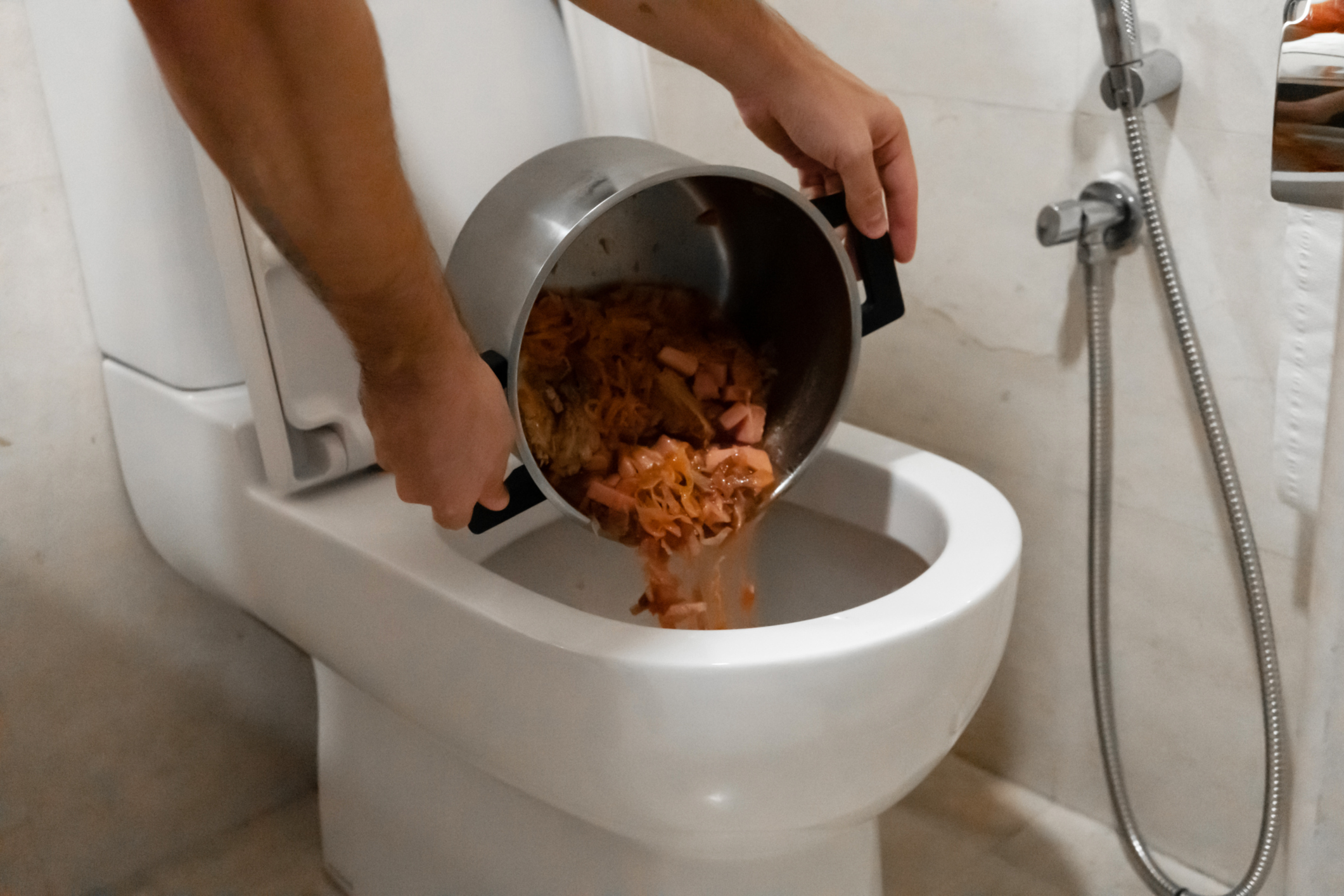Is it Logical to Flush Food in the Toilet?
Is it Logical to Flush Food in the Toilet?
Blog Article
Just how do you really feel in relation to Is it safe to flush food (especially rice) down the toilet??

Introduction
Many people are usually faced with the predicament of what to do with food waste, especially when it concerns leftovers or scraps. One typical inquiry that arises is whether it's alright to purge food down the commode. In this article, we'll delve into the reasons that people might think about flushing food, the repercussions of doing so, and different approaches for proper disposal.
Reasons that individuals could take into consideration purging food
Absence of recognition
Some people may not be aware of the potential injury brought on by purging food down the bathroom. They may wrongly believe that it's a harmless practice.
Ease
Flushing food down the toilet may feel like a fast and easy solution to disposing of unwanted scraps, specifically when there's no neighboring trash bin offered.
Laziness
In some cases, individuals might simply select to flush food out of large negligence, without thinking about the repercussions of their actions.
Consequences of flushing food down the bathroom
Environmental impact
Food waste that ends up in rivers can contribute to pollution and injury water environments. Furthermore, the water made use of to flush food can stress water sources.
Pipes problems
Flushing food can cause clogged pipelines and drains, triggering costly pipes repairs and troubles.
Sorts of food that ought to not be purged
Coarse foods
Foods with fibrous textures such as celery or corn husks can obtain tangled in pipelines and create blockages.
Starchy foods
Starchy foods like pasta and rice can soak up water and swell, leading to blockages in pipes.
Oils and fats
Greasy foods like bacon or cooking oils must never ever be purged down the commode as they can solidify and trigger clogs.
Proper disposal techniques for food waste
Using a garbage disposal
For homes equipped with waste disposal unit, food scraps can be ground up and purged through the plumbing system. Nevertheless, not all foods appropriate for disposal in this manner.
Recycling
Certain food packaging materials can be recycled, decreasing waste and reducing environmental influence.
Composting
Composting is an environmentally friendly way to get rid of food waste. Organic materials can be composted and utilized to enrich soil for gardening.
The importance of correct waste monitoring
Minimizing environmental harm
Correct waste monitoring methods, such as composting and recycling, help minimize air pollution and protect natural resources for future generations.
Securing plumbing systems
By staying clear of the technique of flushing food down the bathroom, property owners can stop costly plumbing repair work and preserve the honesty of their plumbing systems.
Verdict
To conclude, while it might be tempting to flush food down the bathroom for benefit, it is very important to understand the prospective effects of this activity. By embracing appropriate waste administration practices and throwing away food waste properly, individuals can contribute to much healthier plumbing systems and a cleaner setting for all.
FLUSH FOOD DOWN THE TOILET?
FLUSHING FOOD CAN CAUSE BLOCKED DRAINS IN YOUR HOME
All of the plumbing fixtures in your home are connected to the same sewer pipe outside of your home. This outdoor sewer pipe is responsible for transporting all the wastewater from your home to the Council sewer mains. Even small pieces of food that go down the kitchen sink can cause problems for your sewer. It should therefore be obvious that flushing larger bits of food, such as meat, risks a clog in either the toilet itself or the sewer pipes. Flushing greasy food is even more problematic because oil coagulates when it cools, coating the interior lining of your pipes.
THE TOILET IS NOT A BIN
Food isn’t the only thing that people shouldn’t be flushing down the toilet. People use the toilet to dispose of all kinds of things such as tampons, makeup wipes, dental floss, kitty litter and even underwear. Water goes to great lengths to educate residents about the high costs and stress placed on wastewater treatment systems simply from people flushing the wrong stuff down the toilet. It costs taxpayers millions of dollars each year, and homeowners thousands in blocked drain repairs.
FLUSHING FOOD IS A WASTE OF WATER
Flushing food is a waste of our most precious resource - water. In June this year Level 1 water restrictions were introduced to protect water supply from drought conditions. Much of New South Wales continues to be affected by prolonged drought with recent figures revealing up to 97 per cent of the state remains in drought. Depending on whether you have a single or dual flush toilet, every single flush uses between five and 11 litres of water. In the current climate this is a huge amount of water to be wasting on flushing food that should be placed in the bin (or better yet, the compost).
https://www.jabplumbingsolutions.com.au/blog/can-you-flush-food-down-the-toilet

Do you appreciate reading about What Can Happen If You Flush Food Down the Toilet?? Leave a remark below. We'd be delighted to find out your responses about this content. Hoping that you visit us again in the near future. Don't hesitate to set aside a second to share this post if you enjoyed reading it. Thanks for being here. Please stop by our website back soon.
Visit Our Site Report this page